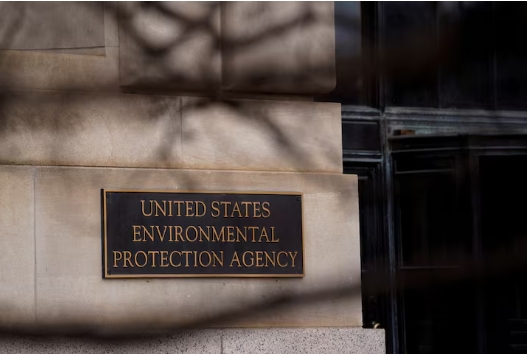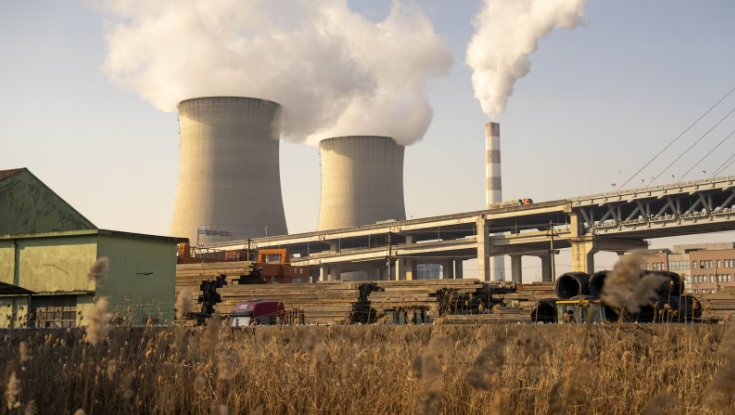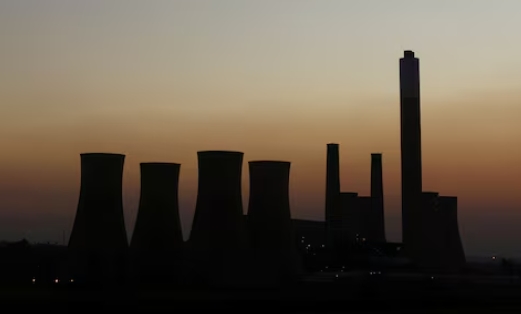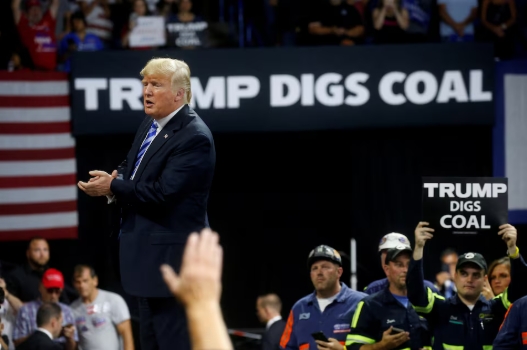Wood Mackenzie analysts on what we should expect in energy in the coming year, from oil markets to solar costs and coal exports to EVs.
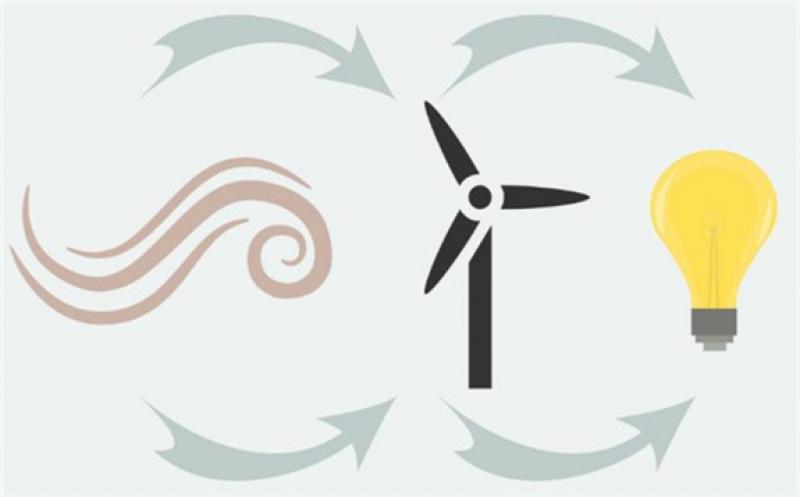 Image by mohamed Hassan from Pixabay
Image by mohamed Hassan from Pixabay
This article explores the 10 predictions from Wood Mackenzie analysts about what to expect in 2021 and one additional thought for the more distant future:
1) Strong oil demand growth will lift prices
With the Pfizer-BioNTech Covid-19 vaccine beginning to make its way the UK and US in mid-December, we expect coronavirus-related shutdowns to start easing in the first quarter of next year. Our forecast is for world oil demand to increase 6.6 million barrels per day year-on-year in 2021, reversing about two-thirds of the nearly 10 million b/d collapse in 2020.
Already, China has seen oil demand strengthen this quarter to levels higher than the same period of 2019. The turnaround in China’s oil demand points to the first sign of what will soon be a reality: brisk global year-on-year demand growth in 2021. That trend is going to tighten the supply and demand balance by the second half of 2021 and support oil prices.
Ann-Louise Hittle, head of Macro Oils
2) The upstream oil and gas sector will spend another year in the doldrums, even as prices rise
Investment levels in the upstream sector will stay flat at about US$300 billion in 2021. Reactions to price signals will be asymmetric; low prices mean rapid cuts, but at higher prices contingency and resilience will outweigh enthusiasm to take advantage of a nadir in service sector costs.
Projects will increasingly be judged on their environmental, social and corporate governance (ESG) credentials. We expect 20 or so big projects to be sanctioned in 2021, up from just over 10 in 2020, but just half the prevailing pre-pandemic trend. The class of 2020 will not all be low-carbon, low-cost trailblazers. But the direction of travel is one-way in terms of industry stakeholder aspirations.
Fraser McKay, head of Upstream Analysis
3) Oil and gas companies’ diversification into low-carbon energy will accelerate…
The European majors have already laid out their zero-carbon growth aspirations. They will put more meat on the bone in 2021, continuing to build the foundation of a net-zero trajectory by investing in low-carbon technologies. The change in US administration, the looming COP26 and shifting stakeholder sentiment will ratchet up the pressure on other IOCs and NOCs to follow their lead.
Tom Ellacott, senior vice-president, Corporate Research
4)…and more companies will set goals for cutting emissions
In a sign of how investor pressure on climate change is ramping up, this month a group of 30 fund managers with US$9 trillion under management committed to work towards a goal of having net-zero emissions across their portfolios by 2050. They also pledged to set intermediate goals for 2030 consistent with limiting global warming to 1.5°C. Early next year, regulators in the EU and the UK will start pushing listed companies to adopt the recommendations of the Task Force on Climate-Related Financial Disclosures for talking about their emissions and climate risks. The combined pressure from investors and regulators will mean more companies making commitments on emissions, and more companies with long-term ambitions setting medium-term intermediate goals.
Valentina Kretzschmar, vice-president, Corporate Research
5) There will be a blockbuster deal in US tight oil
All the pieces required for mega-consolidation are in place. Financially strong companies can exploit their advantageous cost of capital. Smart deals can lower maintenance capital requirements. And mergers that introduce diversification offer much-needed risk-mitigation to tight oil businesses. As a result, we think we will see a blockbuster deal next year that will send shockwaves through tight oil. Absent a very volatile crude market, two big names will get together. Maybe even three, as some of the recent deal filings have indicated. We don’t think it goes as far as the Permian eventually only having five meaningful operators, as some have suggested. But we are confident a storied name (or three) will be retired in 2021.
Robert Clarke, vice-president, Upstream Research
6) Solar power purchase agreement prices will hit new lows below $13/MWh. And this time, it won’t be in the Middle East
The solar industry is accustomed to seeing PPA price records tumble every few months. Of the five lowest-awarded PPA contracts, all but one have been in the Middle East, which boasts favourable conditions for cheap solar: low cost of capital, guaranteed offtake, supplier equity and abundant sunshine. There are two early contenders for taking the United Arab Emirates’ crown of the world’s lowest solar PPA price of $13.50 per megawatt-hour, with Spain and Chile holding renewables auctions in January and May, respectively. Both countries have well-established wholesale markets that may induce aggressive bidding from developers, expecting post-PPA merchant revenues at the contracts’ back end. This trend is global as asset owners become more sophisticated, relinquishing fully contracted revenues and accepting partial or complete merchant exposure as solar costs drop and expected asset life increases.
Ravi Manghani, head of Solar Research
7) World electric vehicle sales will be close to 4 million, up 74% from 2020
Many countries’ stimulus programmes, intended to offset the economic impact of the Covid-19 pandemic, have included extended support for EVs. Measures that were passed this year are likely to bear fruit in 2021. China extended its generous subsidy policies, which were originally intended to expire this year, to 2022. Several EU countries have increased subsidies for EVs, adding carrots to the stick created by more stringent emissions targets. The new US administration has pledged to support EVs, and is expected to drop the federal government’s opposition to California’s more stringent fuel economy and vehicle emissions standards, which will help drive sales. Those trends all point to a year of rapid growth in 2021, although EVs will still be only about 5% of total worldwide vehicle sales.
Ram Chandrasekaran, principal analyst, Transportation and Mobility
8) More governments will start to take equity in critical energy transition supply chains
When Joe Biden moves into the White House on January 20, all the world’s largest economies will have governments that have set targets for net-zero greenhouse gas emissions within 30 or 40 years. The supply chains for low-carbon energy will be more strategically significant than ever before. For some resources, including what are sometimes called “the energy transition metals” such as lithium, nickel and cobalt, governments will take steps to develop secure supplies. Those moves are likely to include taking equity stakes in critical assets and providing financial assurance for private sector investments in hitherto uninvestable countries with essential resources.
Julian Kettle, vice-chairman, Metals and Mining
9) China’s ban on coal imports from Australia will last all year
While having access to Australian coal certainly makes things easier for Chinese buyers, there are plenty of alternative sources available if they are willing to pay more. International supply chains can be realigned to continue to meet China’s demand. Domestic coal prices have been allowed to soar this year, demonstrating the Chinese government’s willingness to fund this shift in the sourcing of its imports.
Dale Hazelton, head of Thermal Coal
10) The Biden administration will tread carefully on climate policy
Joe Biden won the US presidential election pledging to “act on climate immediately and ambitiously, because there’s no time to waste”. But political and economic realities will limit how fast he can move. The makeup of the Senate will prevent any radical climate legislation getting passed, and at least initially, a fragile economy will mitigate against measures that could cost jobs, such as a clampdown on the oil and gas industry. There will be some important symbolic moves, however, including taking the US back into the Paris Climate Agreement, and setting a goal of net-zero emissions for the US no later than 2050. In terms of concrete policies, expect the administration to mostly use carrots — such as moves to unblock investment in offshore wind — rather than sticks.
Ed Crooks, vice-chair, Americas
And finally, a hopeful thought for the years to come:
Science is showing us a brighter future
Amidst the gloom of 2020, advances in science and technology have offered hope. Vaccines of course are taking centre stage, but we are seeing an incredible acceleration across so many fields, not only in immunology and epidemiology, but in AI, advanced computing and quantum chemistry. For the energy industry, these advances could support rapid progress in new net-zero emissions technologies, significantly increase energy efficiency, help develop plastic-eating enzymes and redefine what the energy transition will look like. Science is bringing us out of the darkness of 2020 and into the light of 2021.
Gavin Thompson, vice-chair, Energy – Asia Pacific
